Okahao is the traditional seat of the Ongandjera royal family. The town’s name is derived from the combination of the Oshiwambo names for a small clay pot, known as “okaiga” and a bigger clay pot known as “ehao”. These pots were used for the storing of water, flour and traditional beer and also played an important role in the appointment of a new king.
Reverend Martii Rautanen of the Finnish Mission Society was initially welcomed by Omukwaniilwa Sheya Uushona when he moved to Ongandjera to establish a mission at Okahao at the end of May 1871. The king allocated a site for a mission station that Rautanen named Rehoboth – after the station established by his fiancée’s father, Franz Heinrich Kleinschmidt of the Rhenish Mission Society, some 90 kilometres south of Windhoek in 1854. The Biblical name (Genesis 26:22) means “space” or “room”.
Rautanen held his first sermon at Rehoboth on Sunday 4 June 1871 and immediately began building a seven-roomed mission house and a school. Omukwaniilwa Uushona gave Rautanen people to carry bricks and the house was almost completed by July, except for the roof.
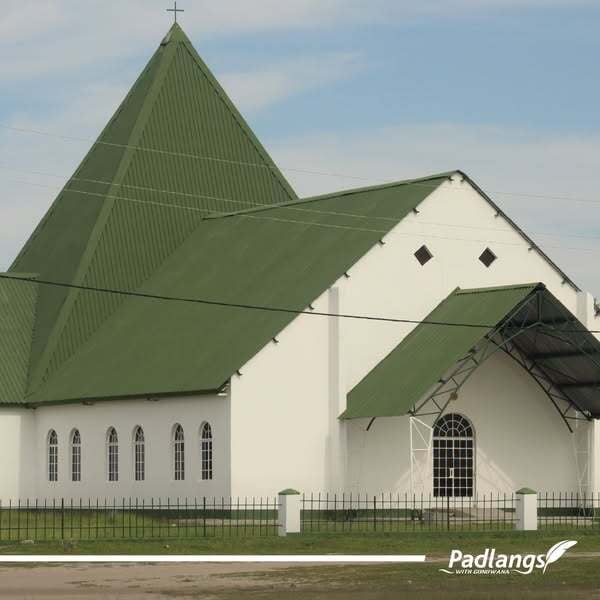
The missionaries faced many challenges, including malaria, illness and a shortage of food, while the relationship with King Tsheya was an uneasy one. Missionaries Reijonen and Weikkolin were ordered to leave the mission station in the middle of August 1872 during Rautanen’s absence.
The mission station was abandoned on 20 August 1873 and an attempt to revive it in 1888 failed. Missionary work was only allowed after Omukwaniilwa Shaanikwa Nashilongo became king. Work on a new mission station at Nakeke, a few kilometres east of the Rehoboth mission station, was started by missionaries Emil Liljeblad and Heikki Saari in July 1903.
The Finnish Mission Society opened its second teachers training seminary for women with 25 learners at Okahao in 1947. The Ongandjera Training School remained in operation until 1970 when it was taken over by the South African administration.
𝐎𝐊𝐀𝐇𝐀𝐎 𝐁𝐀𝐎𝐁𝐀𝐁
Local people who were suspected of assisting PLAN fighters during the liberation struggle were often brought to the South African military base at the Okahao Baobab where they were interrogated and tortured. Interrogation methods included threats, beatings and electric shocks, while some suspects were suspended from the tree and shocked with an electric prod.
The base was situated just a few hundred metres from the hospital and the church, which came under fire when PLAN forces attacked the base on several occasions. A Koevoet base that was also situated close to the hospital was removed after residents called for the withdrawal of the security forces at a community meeting in March 1987.
The baobab was declared a national heritage place in September 2011 and the site was developed as a tourist attraction. Facilities include three camping sites with braaiplaces, hot-water ablutions, a shop where locally made crafts are sold and a kiosk. Guides are available to tell visitors more about the tree’s history. The Okahao Baobab Heritage Site was officially opened by the Founding Father, Sam Nujoma, in May 2013.
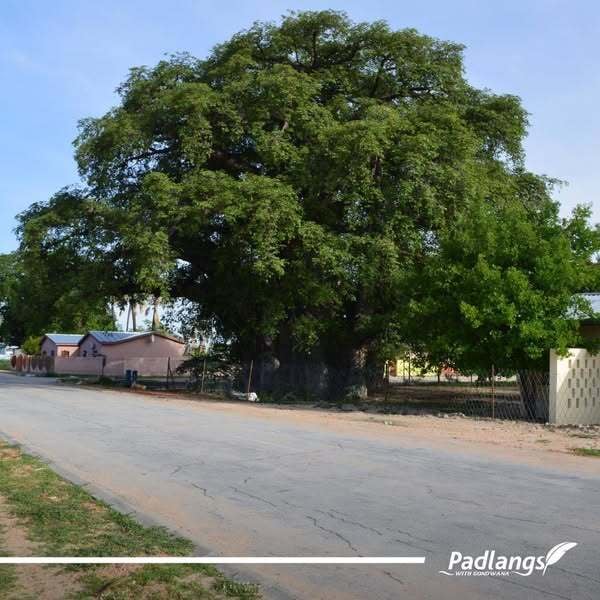
𝐎𝐌𝐁𝐔𝐏𝐔𝐏𝐔 𝐌𝐀𝐆𝐈𝐂𝐀𝐋 𝐏𝐎𝐍𝐃
Surrounded by a cluster of Omulunga or makalani trees, Ombupupu magical pond in the grounds of the Evangelical Lutheran Church is an important traditional site in Okahao. In years gone by, the low-lying area held water throughout the year and it was believed to be the haunt of supernatural beings, known as iinomona. Water could only be obtained after asking the ancestors for their permission and people from the king’s palace (ombala) would announce that they had been sent to draw water for the King’s dogs as a way of seeking the blessings of the ancestors. This practice ensured that the water in the pond was conserved and in the event of a drought, when there was no ground water elsewhere, people could obtain water from the royal pond.
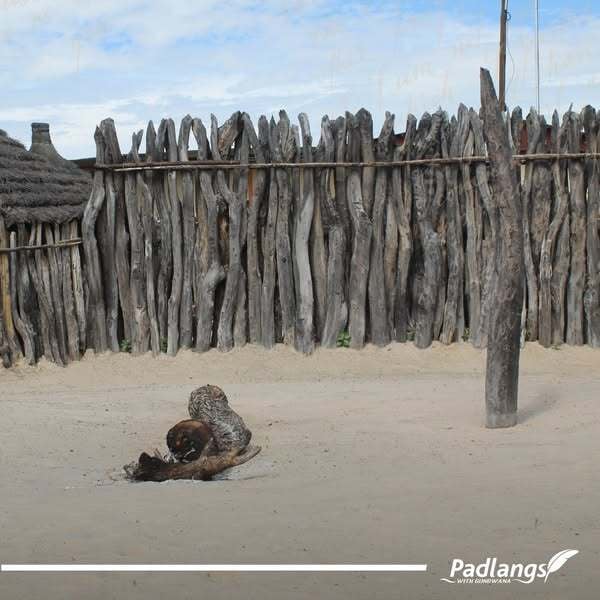
𝐅𝐀𝐓𝐇𝐄𝐑 𝐎𝐅 𝐓𝐇𝐄 𝐍𝐀𝐌𝐈𝐁𝐈𝐀𝐍 𝐍𝐀𝐓𝐈𝐎𝐍
Okahao will always feature prominently in Namibia’s history as it is the birthplace of independent Namibia’s first president and Founding Father of the Namibian Nation, Sam Nujoma. Born at Etunda in the Omusati Region on 12 May 1929, Nujoma attended the Finnish mission school at Okahao before moving to Walvis Bay.


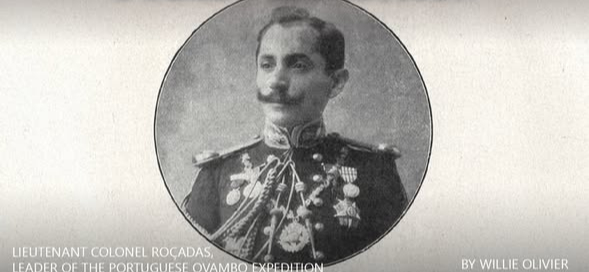
.jpg)
.jpg)


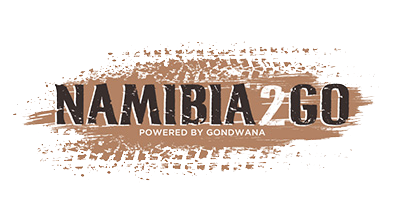

.png)
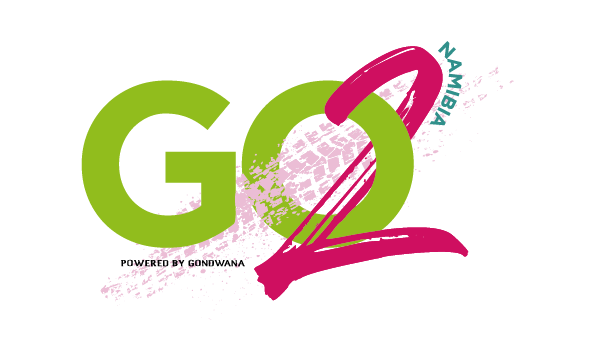
SUBMIT YOUR COMMENT